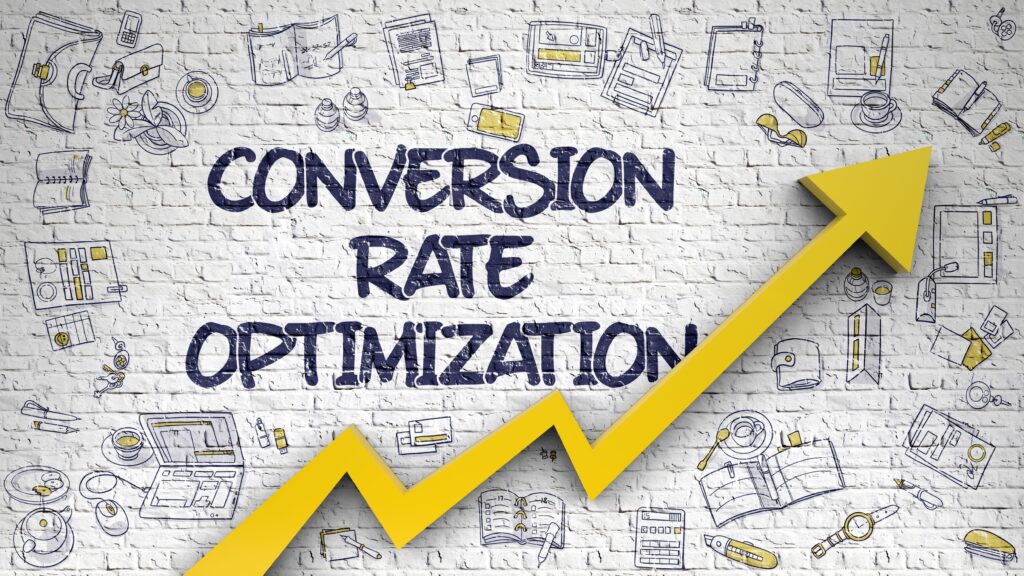Improving Your Website’s Conversion Rate in 5 Easy Steps

A high conversion rate shows your website’s ability to turn visitors into customers. A well-designed website can help achieve this. To make your website more effective, focus on clear goals and user needs. Below are five simple steps to improve your conversion rate.
1. Use Strong Calls to Action (CTAs)
Clear and direct CTAs guide users to take action. Examples include “Buy Now,” “Sign Up,” or “Learn More.” Place CTAs where they are easy to find, like the top of a page or next to key information. Use bright colors and large buttons to make CTAs stand out.
Ensure your CTAs match the goal of your page. For example, on a product page, a “Buy Now” button is effective. On a blog post, “Subscribe” or “Read More” works better. Keep the text action-oriented and concise.
2. Add Trust Signals
People buy from websites they trust. Use trust signals to show reliability. Examples include customer reviews, ratings, and testimonials. Display these on product pages and near CTAs.
Security badges also build trust. Use logos from secure payment providers like Visa or PayPal. Add SSL certificates to your site. Display a lock symbol in the URL bar to assure visitors their data is safe.
If you’ve worked with well-known companies, list them on your site. Include their logos or case studies. This helps visitors feel more confident about your service.
3. Improve Page Load Speeds
Fast-loading pages improve user experience and reduce bounce rates. A slow site frustrates visitors and makes them leave. Use tools like Google PageSpeed Insights to measure speed.
Optimize images by resizing them. Use compressed file formats like JPEG or PNG. Enable browser caching and minimize code. These steps reduce page size and speed up loading times.
Switch to a reliable hosting provider if your site’s speed remains low. A fast website can lead to higher engagement and more conversions.
4. Make Navigation Simple
Easy navigation helps visitors find what they need. Use a clear menu at the top of your site. Group similar items under logical categories. Avoid overcrowding the menu with too many options.
Add a search bar for large websites. Ensure it works well by testing it regularly. Include filters on product pages to help users refine searches. The simpler the navigation, the faster visitors can act.
5. Use Mobile-Friendly Design
Many users visit websites on phones. A mobile-friendly design ensures they have a smooth experience. Use responsive design to adjust your site’s layout based on screen size.
Test your site on various devices. Ensure buttons are large enough to tap. Avoid using small text. Check that images and videos fit the screen without scrolling.
A mobile-friendly site increases user satisfaction and boosts conversions.
Conclusion
Improving your website’s conversion rate doesn’t require advanced skills. Focus on clear CTAs, trust signals, fast load times, simple navigation, and mobile design. These steps make your website user-friendly and increase conversions.